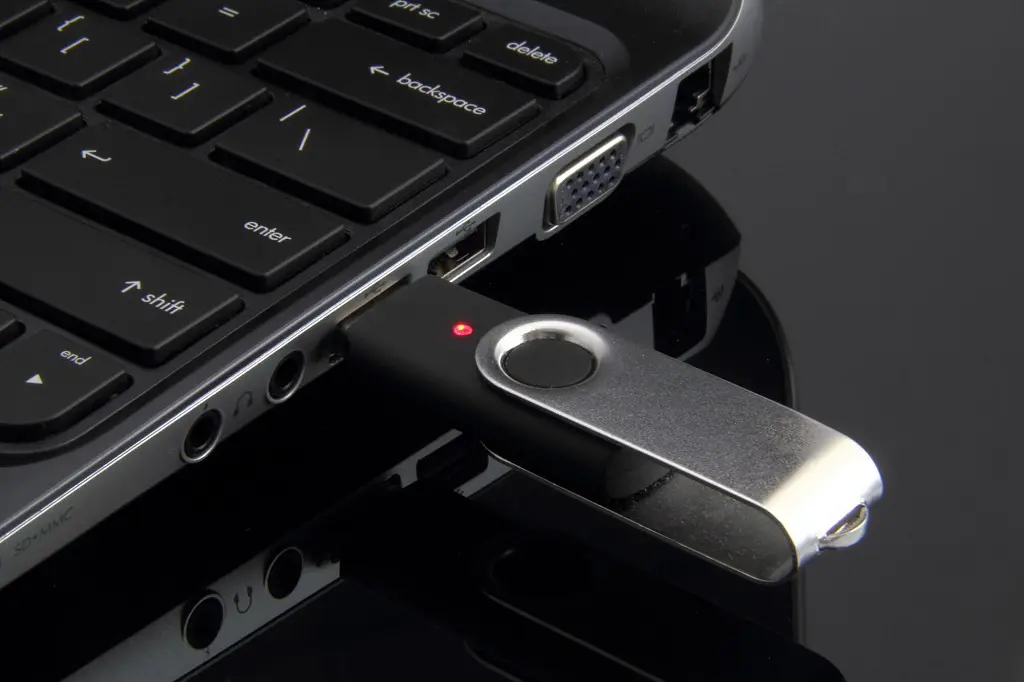For years, operating systems have urged users to “safely remove hardware” before pulling out a USB drive. But in today’s fast-paced, plug-and-play world, many wonder if this warning is still relevant. Do you actually need to safely eject a USB drive before removing it—or is this just outdated advice?
In this article, we’ll dive into what really happens when you eject a USB device, whether skipping this step puts your data at risk, and how modern operating systems have changed the game.
What Does “Safely Eject” Really Mean?
When you plug a USB drive into your computer, it’s not just transferring files back and forth. Behind the scenes, your operating system may be caching data. This means it temporarily holds some data in memory before writing it to the USB device.
Using the “Safely Eject” or “Eject” option ensures that all files are completely written to the drive and that no active processes are using it. It signals to the operating system to:
- Complete pending write operations
- Close file handles
- Unmount the file system cleanly
This prevents data loss or file corruption that might occur if you remove the drive prematurely.
What Happens If You Just Pull It Out?
If your USB drive is in the middle of a write operation—or if there are background processes accessing the drive—removing it suddenly can cause:
- File corruption: Incomplete transfers can damage files.
- Drive corruption: Unclean unmounts may damage the file system.
- Lost data: Recently saved or modified files might vanish.
That said, if you only read files from the drive and haven’t modified anything, the risk is significantly lower. But there’s always a chance that the system is quietly accessing the drive in the background.
Modern Operating Systems and Quick Removal
In response to user habits, modern operating systems have adapted. For example, Windows 10 and later versions default to a “Quick Removal” policy for USB drives, which disables write caching. This reduces the need to eject safely—but doesn’t eliminate the risk entirely.
Here’s what the major systems do:
- Windows: Quick Removal is the default, but write caching can still be enabled manually.
- macOS: Still recommends ejecting, especially for external drives using Time Machine or with active indexing.
- Linux: Depends on the desktop environment, but many distros automatically cache writes—making safe ejection important.
When You Must Eject Safely
There are specific situations where safely ejecting is non-negotiable:
- You recently saved or transferred files
- You’re using a drive formatted in a non-native file system (e.g., NTFS on macOS)
- You’re using encryption or backup tools
- The drive is in use by applications or background services
- The operating system explicitly warns you
Best Practices for USB Drive Safety
To stay on the safe side:
- Always eject after writing files to ensure all data is properly saved.
- Look for the drive access light—if it’s blinking, the drive is active.
- Avoid multitasking when transferring data to reduce the risk of accidental removal.
- Use backup copies of critical files—just in case.
- Follow OS notifications—if your system says the device is in use, don’t ignore it.
The Verdict: Better Safe Than Sorry
So, do you need to safely eject a USB drive before removing it?
Yes—especially if you’ve recently written data or are unsure whether caching is in use. While modern systems are more forgiving, the small inconvenience of safe ejection is worth avoiding the much bigger headache of lost or corrupted files.
In short, if you value your data, click “Eject” before you pull.


